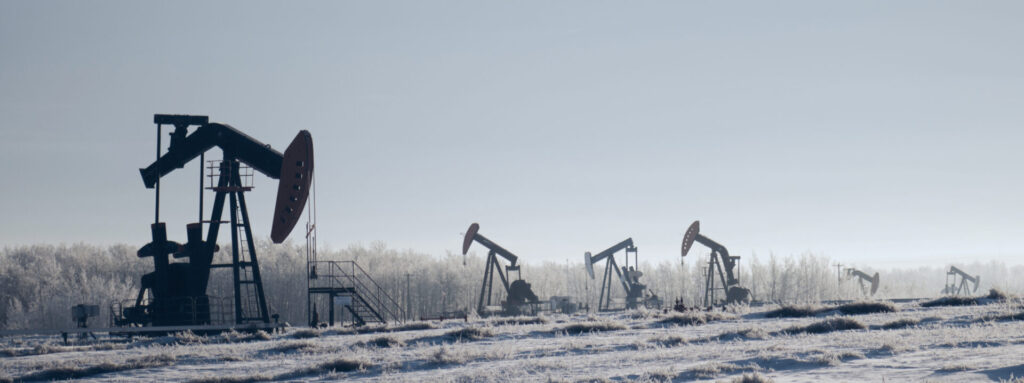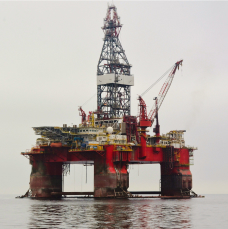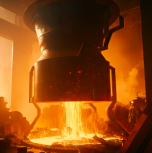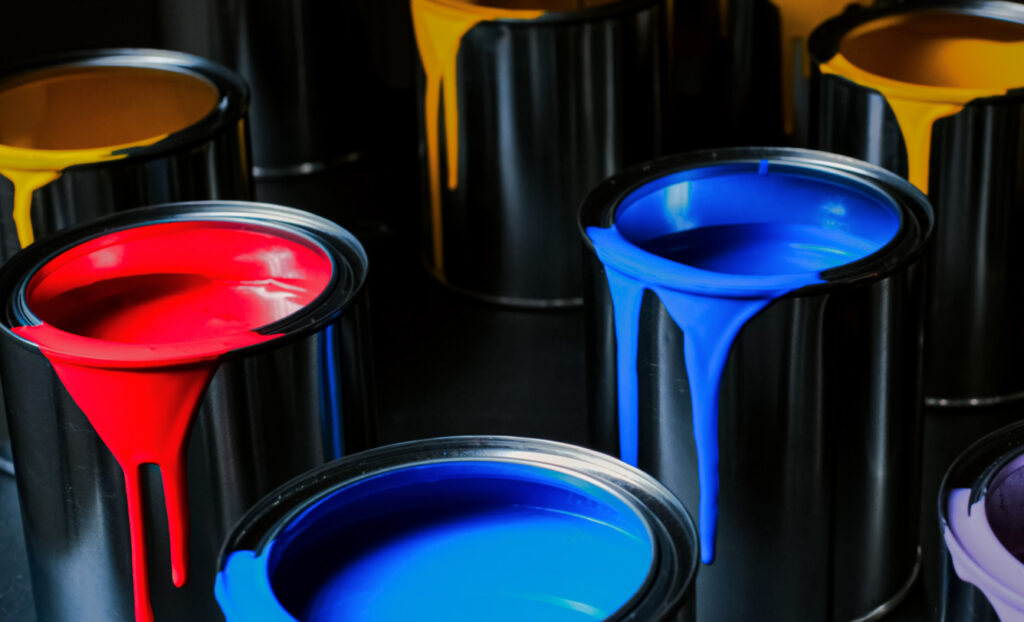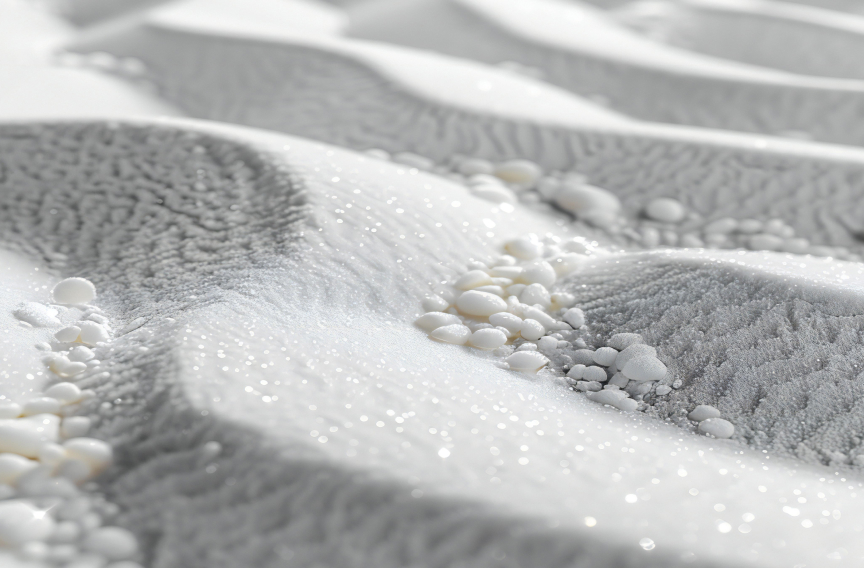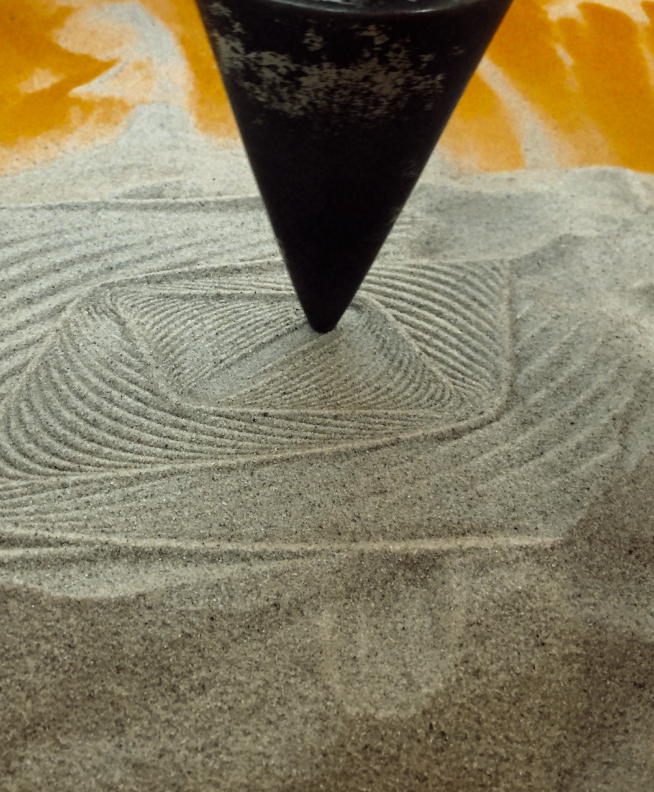Hydraulic fracturing operations rely on an important component that many industry professionals take for granted: proppant materials. These engineered granules determine whether a fractured well produces at optimal rates or fails to meet production expectations. The evolution from basic sand to sophisticated ceramic solutions over the past four decades has transformed completion engineering and redefined what’s possible in unconventional resource development.
Understanding proppant technology becomes essential as operators face increasingly challenging reservoir conditions and stricter performance requirements. This guide examines proppant materials, their classification systems, and the technological innovations reshaping industry standards for completion effectiveness.
What is Proppant? Establishing a Definition
Defining Proppant Materials
Proppant materials are engineered granular substances designed to maintain fracture width and permeability in hydraulically fractured formations. These materials function as microscopic support structures that prevent fracture closure under reservoir stress conditions, creating permanent pathways for hydrocarbon flow from the reservoir matrix to the wellbore.
The fundamental physics governing proppant performance centers on stress distribution and conductivity maintenance. Fractures close under formation pressure, requiring proppant particles to resist crushing while maintaining sufficient void space between grains to allow fluid flow. This dual requirement of mechanical strength and permeability optimization defines the core engineering challenge in proppant design.
Role in Hydraulic Fracturing Process
Proppant materials are suspended in fracturing fluid and pumped into artificially created fractures at precise concentrations and placement sequences during hydraulic fracturing operations. The proppant distribution pattern within the fracture network directly influences long-term well productivity and ultimate recovery factors.
Effective proppant placement requires careful consideration of:
- Particle transport characteristics and settling velocities
- Formation compatibility and chemical interactions
- Fracturing fluid rheology and flow dynamics
- Placement timing and concentration sequences
Why Proppants are Essential for Well Productivity
Hydraulically created fractures would close completely once pumping pressure is released without proppant support, eliminating the enhanced permeability pathways necessary for economic hydrocarbon production. The conductivity provided by properly placed proppant directly correlates with production rates and estimated ultimate recovery from the reservoir.
Fracture conductivity, measured as the product of fracture width and permeability, serves as the primary factor controlling well performance in hydraulically fractured completions. Maintaining this conductivity over the well’s productive life requires proppant materials engineered for specific downhole conditions.
Types of Proppant Materials
Natural Sand Proppants
Natural sand represents the most commonly used proppant material in hydraulic fracturing operations, primarily due to its widespread availability and cost-effectiveness. Silica sand grains provide adequate strength for shallow to moderate-depth applications where closure stresses remain manageable.
The sphericity and roundness of natural sand particles significantly influence their performance characteristics. Well-rounded grains create more stable packing arrangements and higher permeability compared to angular particles. Natural sand’s strength limitations restrict its application in deeper, higher-stress environments.
Resin-Coated Sand
Resin-coated sand proppants incorporate polymer coatings designed to enhance particle bonding and reduce proppant flowback during production. These materials offer improved performance over natural sand while maintaining cost advantages compared to ceramic alternatives.
The resin coating provides additional benefits including reduced formation damage potential and enhanced proppant pack stability. Various resin formulations are engineered for specific temperature and chemical environments encountered in different reservoir conditions.
Ceramic Proppants
Ceramic proppants represent the premium segment of fracturing materials, engineered through controlled manufacturing processes to achieve superior strength and conductivity characteristics. These materials are produced by pelletizing selected clay minerals and sintering them at high temperatures to develop crystalline structures capable of withstanding extreme downhole conditions.
The manufacturing precision achievable with ceramic proppants enables consistent particle size distribution, optimal sphericity, and uniform strength characteristics that natural materials cannot match. This consistency translates directly to improved fracture conductivity and enhanced well performance.
Comparative Analysis of Strength and Conductivity
Strength testing demonstrates that ceramic proppants maintain structural integrity at significantly higher closure stresses compared to natural sand alternatives. This strength differential enables ceramic materials to maintain fracture conductivity in applications where sand-based proppants would fail completely.
Key performance differences include:
- Crush resistance under extreme downhole pressures
- Long-term conductivity retention throughout well life
- Consistent particle size and shape distribution
- Superior sphericity for optimal packing arrangements
How Ceramic Proppants Work
Manufacturing Process
Ceramic proppant production begins with careful selection and blending of clay minerals, primarily kaolin and bauxite, to achieve desired density and strength characteristics. The pelletizing process creates spherical particles through controlled agglomeration techniques that optimize particle size distribution and roundness.
Sintering operations occur in rotary kilns at elevated temperatures, depending on the target strength classification. This high-temperature treatment develops the crystalline structure necessary for exceptional crush resistance while maintaining the porosity required for optimal conductivity.
Strength Classifications
The industry categorizes ceramic proppants into three primary strength classifications based on apparent specific gravity and crush resistance. Lightweight ceramics provide enhanced transport characteristics for slickwater fracturing applications while maintaining superior strength compared to sand.
Intermediate Strength Proppants (ISP) offer optimal performance for moderate to high-stress applications. High Strength Proppants (HSP) provide maximum crush resistance for the most demanding downhole conditions encountered in deep, high-pressure reservoirs.
Conductivity Advantages Over Sand
Laboratory testing consistently demonstrates that ceramic proppants maintain higher conductivity than sand alternatives across all stress ranges. The superior particle strength prevents crushing-induced conductivity loss, while optimized particle shape promotes efficient packing arrangements that maximize void space.
Manufacturing precision enables ceramic proppants to achieve:
- Uniform particle size distribution for optimal packing
- Superior sphericity compared to natural alternatives
- Enhanced crush resistance under closure stress
- Stable long-term performance characteristics
Proppant Selection Criteria
Closure Stress Considerations
Accurate estimation of closure stress serves as the fundamental parameter for proppant selection. Formation depth, pore pressure, and stress anisotropy influence the effective stress applied to proppant materials during production operations.
Conservative design practices recommend selecting proppant materials with crush resistance significantly exceeding anticipated closure stress to account for uncertainty in stress predictions and potential formation changes over time.
Well Depth Requirements
Application depth directly correlates with closure stress magnitude and temperature exposure, influencing both proppant strength requirements and chemical stability considerations. Deep well applications typically require ceramic proppants to maintain fracture conductivity under extreme conditions.
Temperature stability becomes increasingly important in deep, high-temperature reservoirs where polymer-based materials may degrade. Ceramic proppants demonstrate superior thermal stability compared to resin-coated alternatives, reducing the need for costly well intervention operations due to proppant failure or conductivity loss.
Economic Factors and ROI Analysis
Economic evaluation of proppant selection requires comprehensive analysis of material costs, placement efficiency, and long-term production benefits. Ceramic proppants command higher unit costs, but their superior performance often generates positive returns through increased production and reduced intervention requirements.
Net present value calculations incorporating production forecasts, operating costs, and proppant performance characteristics provide the analytical framework for optimizing proppant selection decisions.
Advanced Proppant Technologies
Microproppants
Microproppant technology addresses the challenge of propping complex fracture networks including secondary fractures and microfractures that conventional proppants cannot access. These materials, typically sized at fine mesh proppants specifications, can penetrate narrow fracture apertures and provide conductivity in previously unpropped regions.
Production Assurance Technologies
Integrated proppant solutions now incorporate production assurance capabilities including scale inhibition, salt precipitation control, and paraffin management. These technologies deliver targeted chemical treatments throughout the fracture network, eliminating the need for separate intervention operations.
Advanced production assurance features include:
- Time-release chemical formulations for long-term treatment
- Scale and salt precipitation prevention systems
- Paraffin and asphaltene management capabilities
- Reduced operational costs through integrated delivery
Tracer and Diagnostic Capabilities
Advanced proppant systems incorporate inert tracer technologies that enable detailed fracture evaluation and production monitoring. These diagnostic capabilities provide insight into fracture geometry, proppant distribution, and individual fracture stage performance.
Real-time production surveillance through proppant-delivered tracers enables operators to optimize completion designs and identify opportunities for improved reservoir management.
Making the Right Choice
Understanding how to define proppant reveals the role these materials play in modern hydraulic fracturing and industrial applications. The evolution from frac sand to advanced ceramic solutions has transformed completion engineering, with ceramic proppants offering superior crush resistance, conductivity, and long-term stability for demanding downhole conditions. Ready to optimize your operations with advanced ceramic proppant solutions? Contact CARBO’s team to discuss how our engineered materials can enhance your completion performance.
Our Company
For over four decades, CARBO Ceramics has engineered advanced ceramic solutions that transform manufacturing efficiency, safety, and sustainability across global industries. As an American manufacturer with facilities strategically located throughout the United States, we serve business-to-business markets including foundries, mining companies, oilfield service companies, and operators worldwide. Our expertise centers on creating high-performance, uniform ceramic materials engineered for demanding industrial applications, delivering consistently sized and shaped products that optimize performance across diverse operating environments.
From ceramic proppants that revolutionized hydraulic fracturing to specialized casting media that enhance foundry safety, our solutions address complex industrial challenges with measurable results. What sets us apart is our commitment to innovation, customer partnerships, and American manufacturing excellence. Through ongoing research and development, we help customers achieve new levels of operational excellence while maintaining the highest standards of safety and environmental responsibility.
Frequently Asked Questions
What is the difference between frac sand and ceramic proppant?
Frac sand is natural silica sand used in hydraulic fracturing, while ceramic proppant is manufactured from clay minerals through controlled processes. Ceramic proppants offer superior crush resistance and conductivity compared to frac sand, particularly in high-stress applications.
How do fracturing fluids affect proppant performance?
Fracturing fluids serve as the carrier medium for proppant placement and significantly impact transport efficiency. The viscosity and rheological properties determine how effectively proppants are carried into fractures and positioned for optimal conductivity.
How do you select the right proppant for specific applications?
Proppant selection depends on closure stress, well depth, temperature, and economic factors specific to each application. Formation characteristics, compatibility of fracturing fluids, and expected well life also influence material selection decisions.
